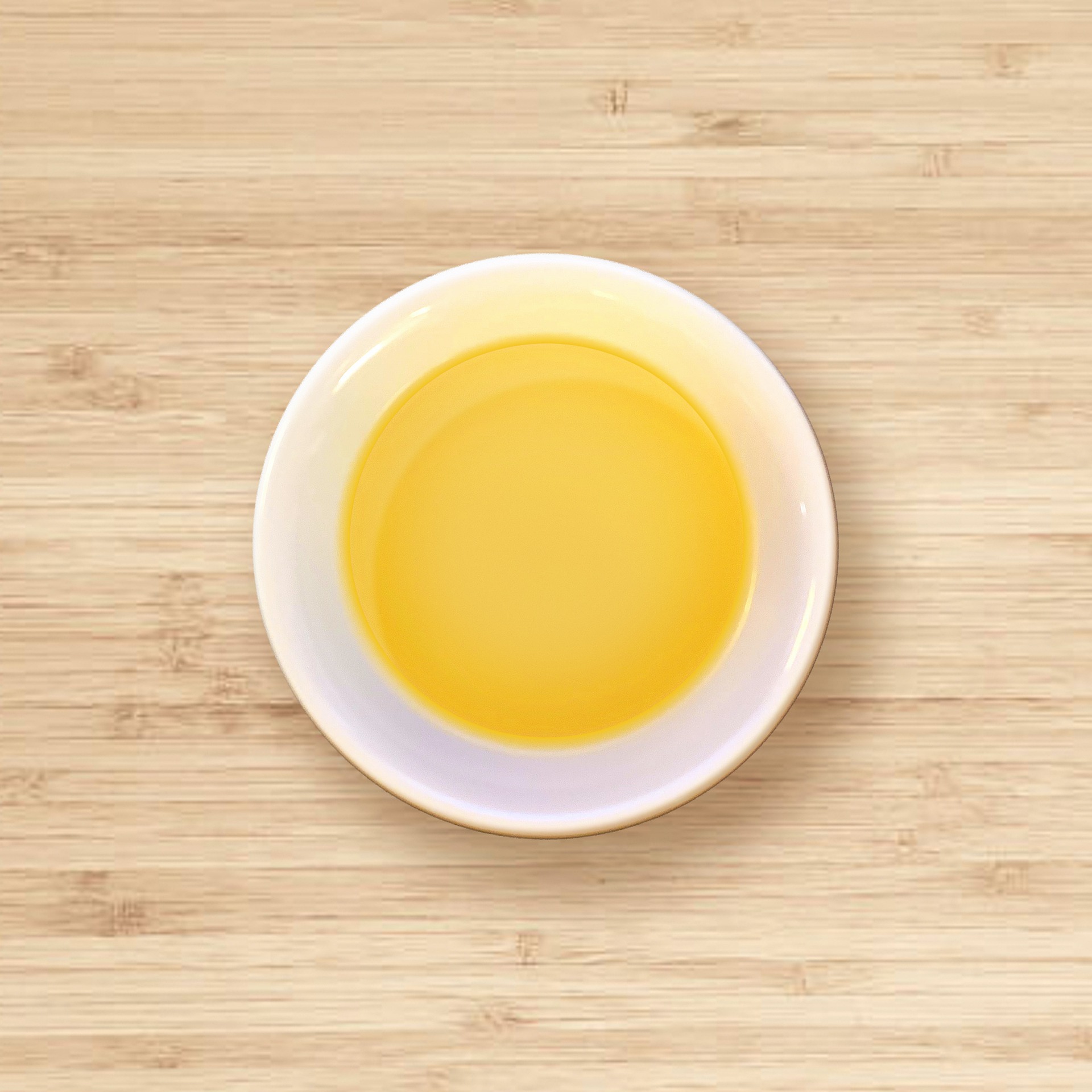
Chicken soup has been a comforting dish and remedy for the sick across various cultures for centuries, if not millennia. The origins and evolution of chicken soup are rooted in ancient culinary traditions, and it’s challenging to pinpoint an exact beginning. Long before recorded history, ancient peoples boiled bones, meat, and sometimes vegetables in water to create nutritious broths. While the specific origins of chicken broth are difficult to pinpoint, it’s safe to assume that as soon as humans began domesticating fowl, they began making broth from chicken.
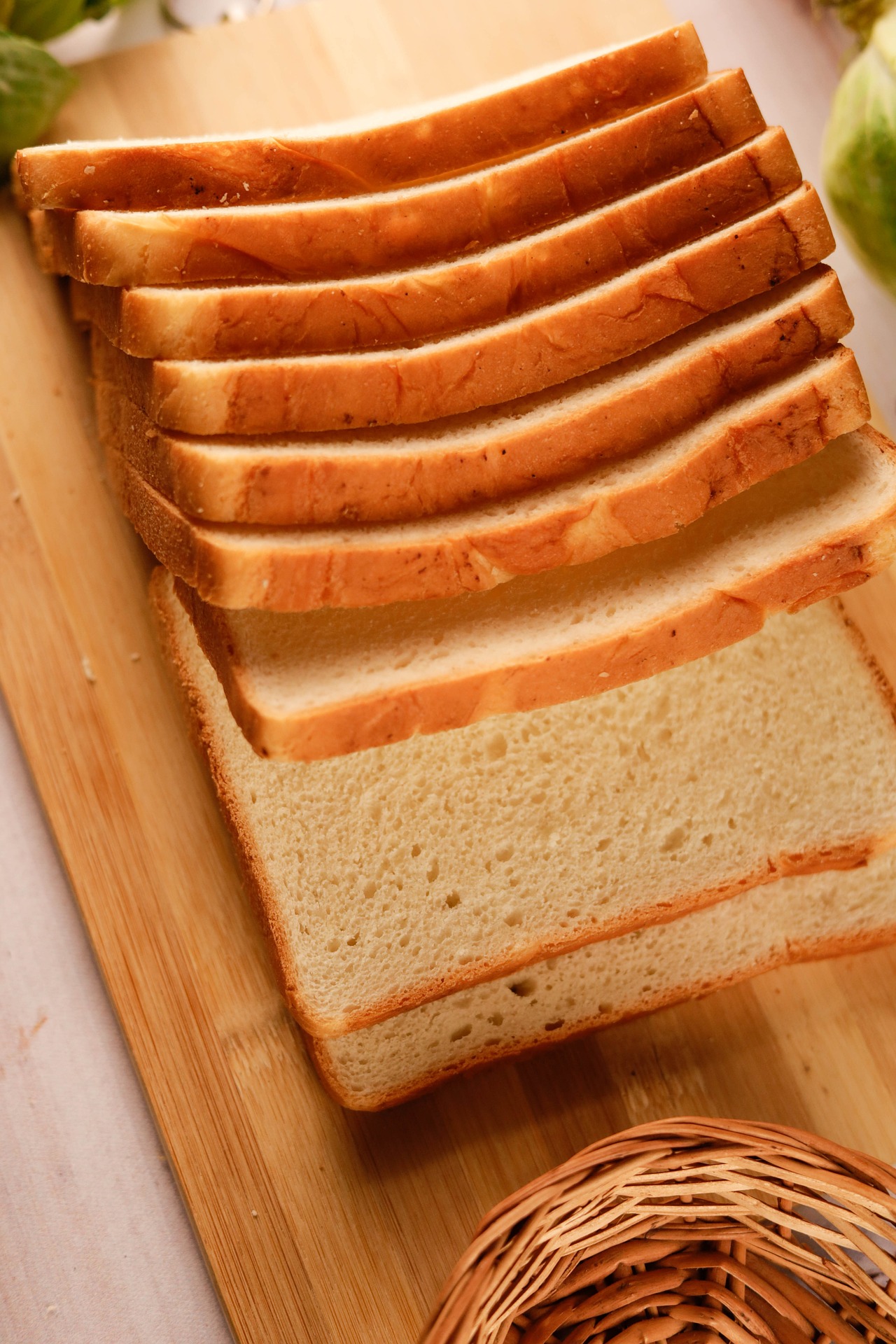
Loaf bread became to popularize in 19th century as the Industrial Revolution progressed. The need for quick, easily portable meals increased. This made sandwiches, and consequently, the right type of bread for sandwiches, even more important. Factories and urbanization meant more people were having lunch away from home. The invention of sliced bread in 1928 by Otto Frederick Rohwedder was a significant milestone. This innovation made it easier than ever to make sandwiches. The phrase “the best thing since sliced bread” attests to its impact. Sliced, soft, white bread became a staple in American households. Brands like Wonder Bread popularized and mass-marketed this kind of bread.

The earliest recorded use of carrots in sweet dishes can be traced back to the Middle Ages in Europe. During this period, sweeteners like sugar and honey were often expensive and hard to come by. Carrots, which contain natural sugars, were used as a substitute in desserts. The modern carrot cake as we know it began to take shape in the UK. It is believed that the carrot cake was popularized in Britain during World War II due to rationing. Again, because of the limited availability of sweet ingredients, carrots served as a viable alternative. The carrot cake was introduced to the U.S. probably sometime in the early 20th century. However, its popularity soared in the 1960s and 1970s. The cake became a mainstream dessert and was often featured in restaurants, bakeries, and home recipes. It was around this time that cream cheese frosting became the standard topping for carrot cake in the U.S., adding to its appeal.
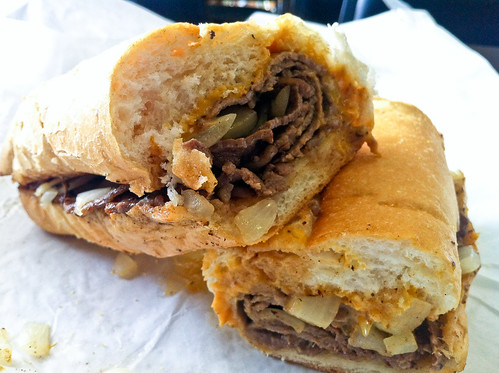
The origin of the cheesesteak roll is often credited to Pat Olivieri, a hot dog vendor in South Philadelphia. In the 1930s, Pat and his brother Harry operated a modest hot dog stand near South Philadelphia’s Italian Market. One day in 1930, Pat decided to experiment with some beef, grilling it on his hot dog grill. He added some onions to the mix and placed the cooked meat and onions onto an Italian roll. A passing cab driver, intrigued by the aroma, requested to try the new creation. The driver loved it so much that he spread the word, and soon, customers were asking for the same “steak sandwich” that the cab driver had enjoyed. The origin of the cheesesteak roll is often credited to Pat Olivieri, a hot dog vendor in South Philadelphia. In the 1930s, Pat and his brother Harry operated a modest hot dog stand near South Philadelphia’s Italian Market. One day in 1930, Pat decided to experiment with some beef, grilling it on his hot dog grill. He added some onions to the mix and placed the cooked meat and onions onto an Italian roll. A passing cab driver, intrigued by the aroma, requested to try the new creation. The driver loved it so much that he spread the word, and soon, customers were asking for the same “steak sandwich” that the cab driver had enjoyed. As word spread about the delicious sandwich, the Olivieri brothers decided to focus on selling cheesesteak sandwiches instead of hot dogs. They opened a new restaurant called “Pat’s King of Steaks” in 1933, which still operates today and is considered one of the iconic cheesesteak spots in Philadelphia. Another significant player in the history of the cheesesteak roll is Geno’s Steaks, founded by Joe Vento in 1966, just across the street from Pat’s. The rivalry between Pat’s and Geno’s became legendary, and they remain two of the most famous cheesesteak spots in Philadelphia, attracting tourists and locals alike. Traditionally, cheesesteak rolls consist of thinly sliced ribeye or top round steak, sautéed onions, and melted cheese (usually provolone, American, or Cheez Whiz) served on a long, crusty roll. Over the years, variations have emerged, with toppings like peppers, mushrooms, and even ketchup, mayo, or hot sauce added to suit individual preferences.

Czech dill sauce became popular in the Czech Republic during the 20th century, particularly in the mid-20th century, as a result of cultural influences and changes in culinary preferences. The sauce’s rise in popularity coincided with the availability and introduction of new ingredients and flavors in Czech cooking. It is believed that the sauce was influenced by the French culinary tradition, which often incorporates various sauces to accompany meat dishes. The use of dill in the sauce may also be attributed to the influence of neighboring countries, where dill is a common herb in their cuisines.
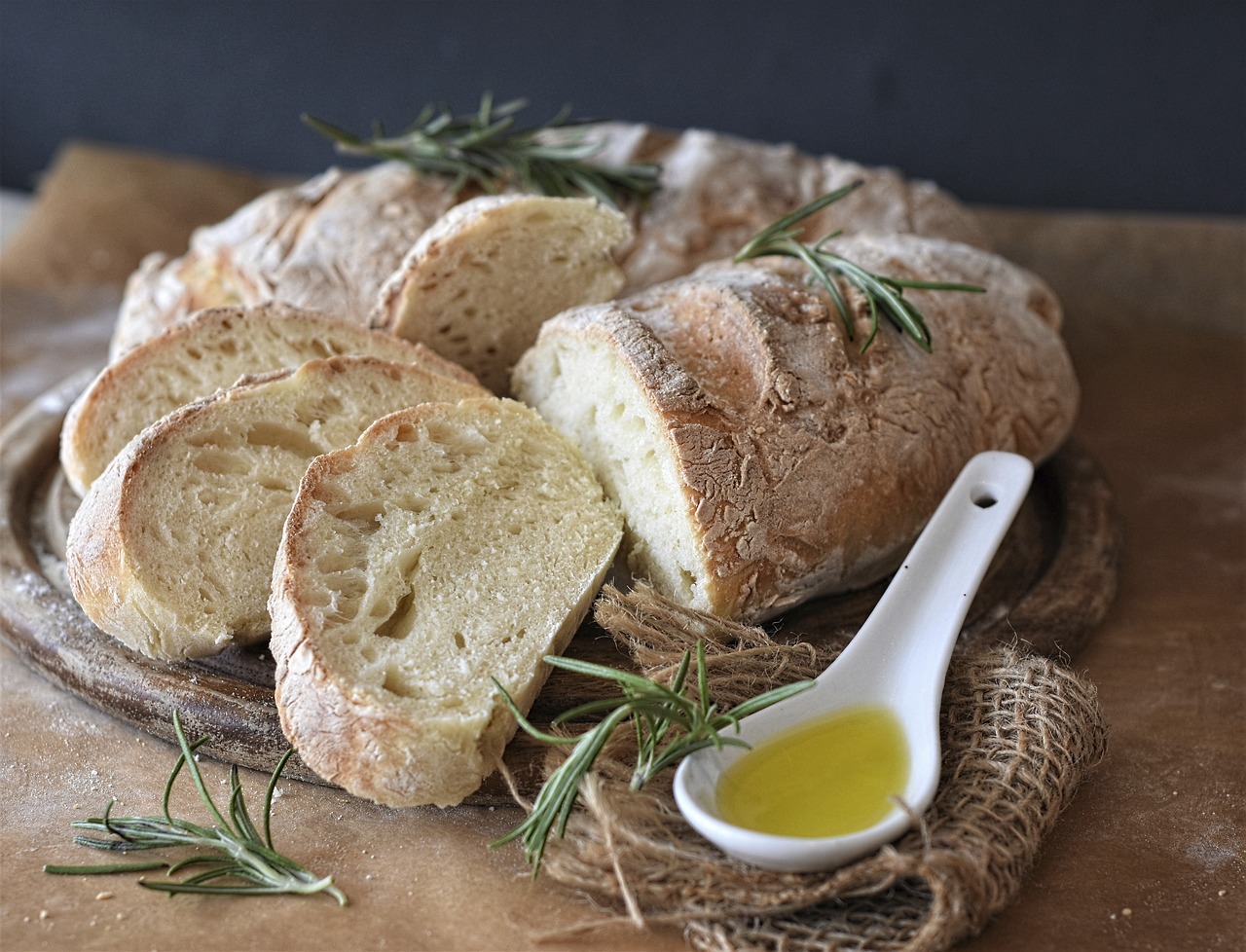
Ciabatta was invented by Arnaldo Cavallari, an Italian baker from the town of Adria, located in the Veneto region of Italy. The story goes that in 1982, Cavallari was dissatisfied with the classic Italian bread options available at the time, particularly when it came to making sandwiches. He sought to create a bread that had a light, airy texture with a crusty exterior, perfect for holding various fillings. Inspired by traditional bread-making techniques, Cavallari experimented with different recipes, incorporating high hydration levels and a preferment method. The preferment allows the dough to develop complex flavors and a light texture. He named the bread “ciabatta,” which means “slipper” in Italian, as its shape was said to resemble the sole of a slipper.
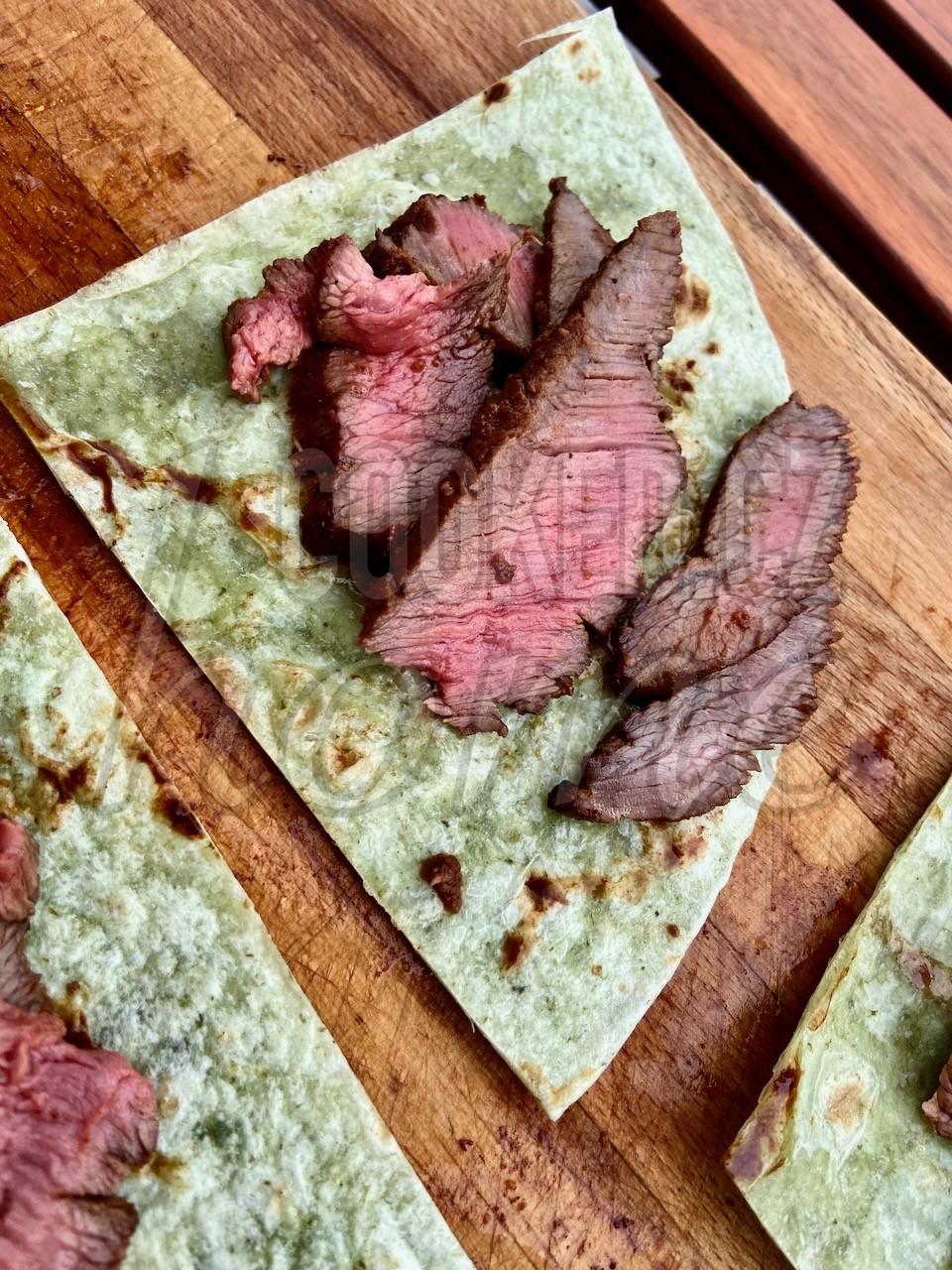
The traditional method of making carne asada involves marinating the beef in a mixture of various ingredients, which may include citrus juices (such as lime or orange), garlic, onions, and various spices. This marinade helps to tenderize the meat and infuse it with delicious flavors. After marinating, the beef is grilled over an open flame or on a hot griddle, giving it a smoky and charred taste. Carne asada is often served with a variety of accompaniments, such as tortillas, guacamole, salsa, grilled onions, and cilantro. It is a versatile dish and can be enjoyed in various forms, such as tacos, burritos, quesadillas, or simply as a standalone meal with sides.
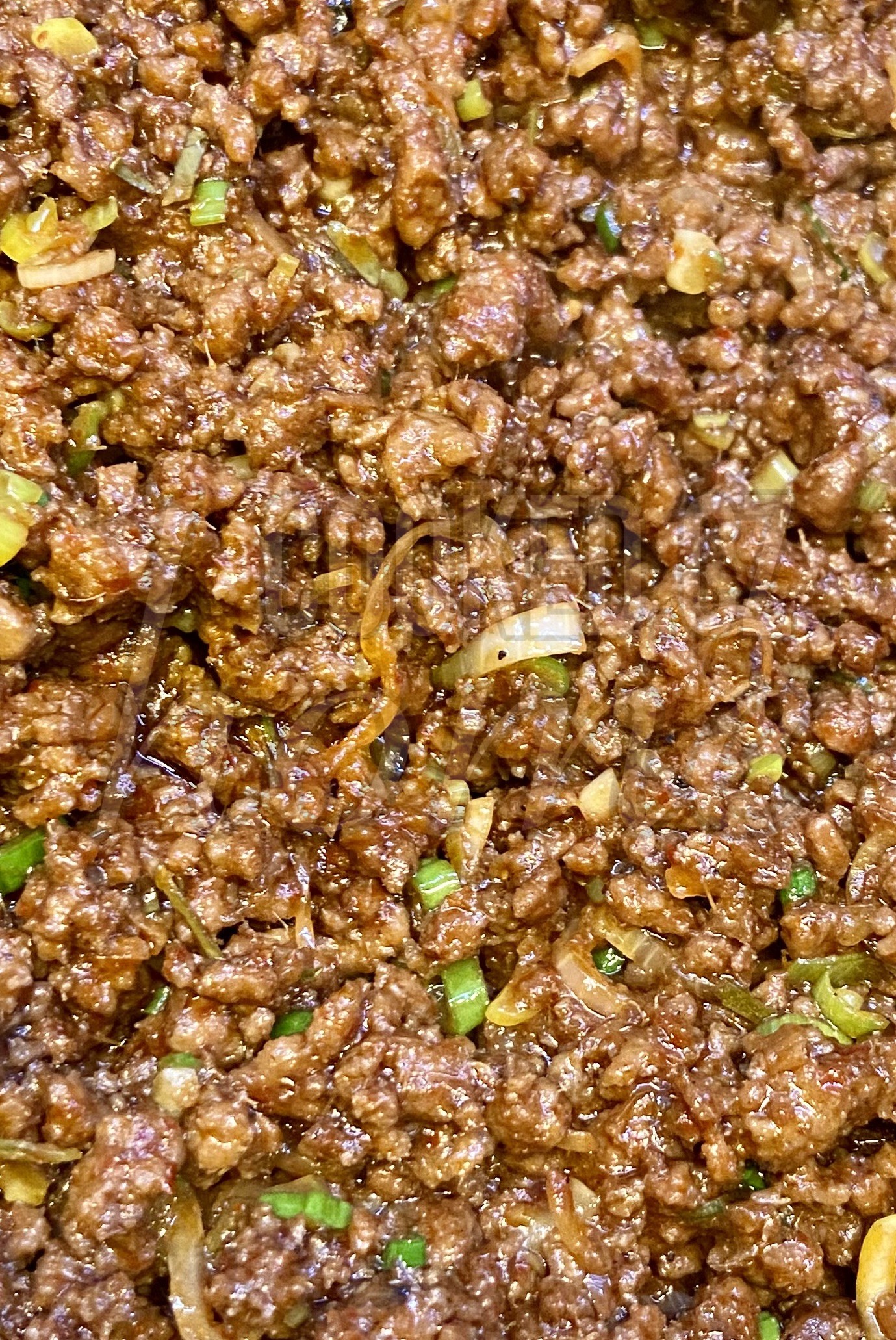
Khua Kling, also known as “Kua Kling” or “Khua Kling Moo,” is a traditional Thai dish with roots in Southern Thailand. It is a spicy and flavorful dish that is popular among Thai food enthusiasts who enjoy the intense heat and bold flavors. The exact origins and history of Khua Kling are not well-documented, but it is believed to have originated in the southern region of Thailand, particularly in the province of Pattani. The dish is strongly associated with the cuisine of the Muslim community in Southern Thailand, known as the Malay or “Pattani” people. The dish is prepared by first pounding the spices together to create a paste or “khua” in Thai. The paste is then fried in oil until fragrant, creating a rich and aromatic base. The minced or ground meat is then added and stir-fried with the spice paste until cooked through, allowing the flavors to meld together.
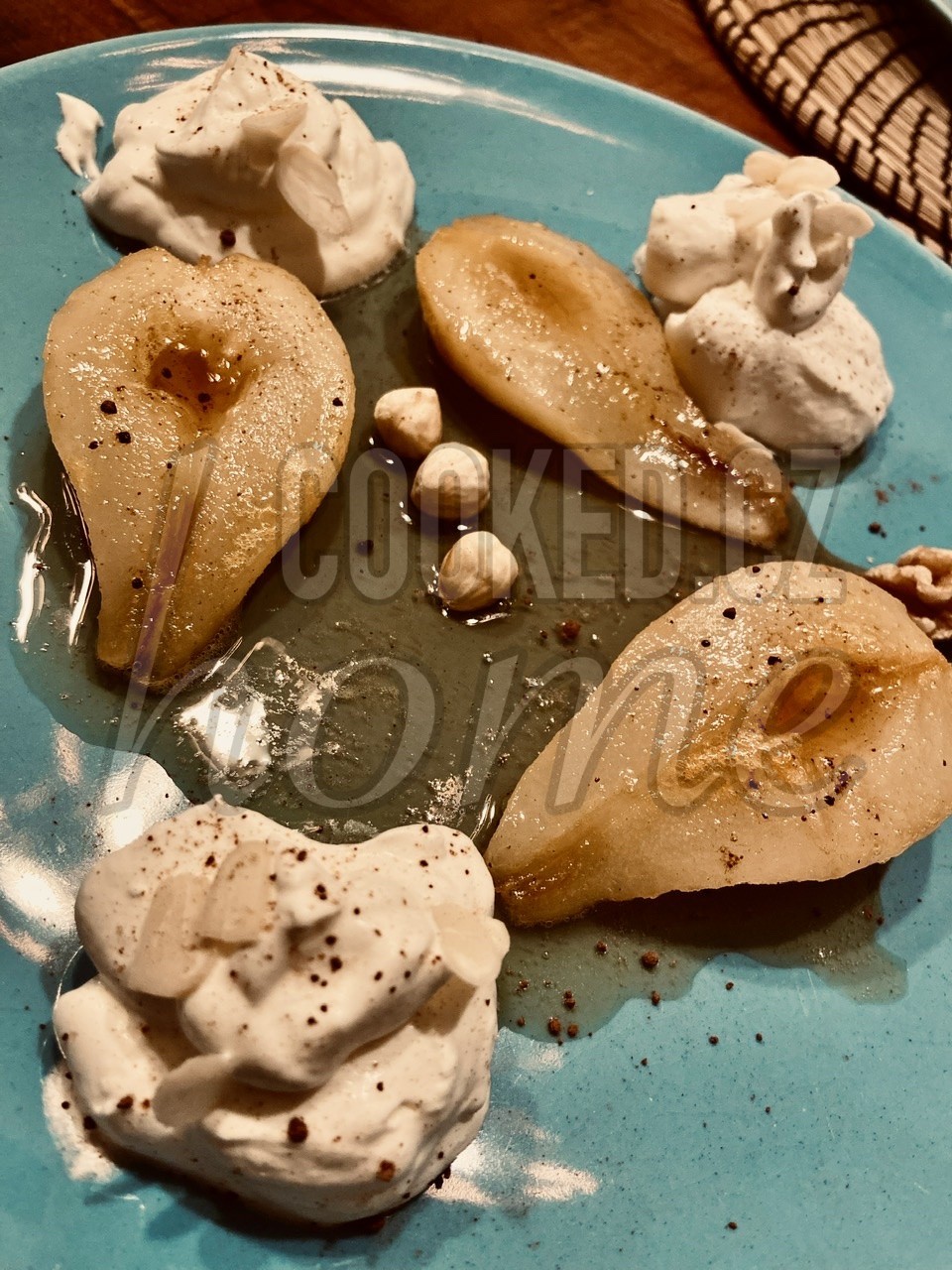
The history of poached pears as a dessert can be traced back to European culinary traditions, particularly in France, where poaching fruit has been a popular cooking method for centuries. Poached pears, also known as “poires pochées” in French, have been enjoyed as a delicate and elegant dessert for many years. In the 17th and 18th centuries, the popularity of poached pears spread throughout Europe, becoming a beloved dessert across different countries and cultures. Poached pears were often prepared in a sweet syrup made with sugar, water, and flavorings such as spices, vanilla, or citrus. The pears were gently simmered in the syrup until they became tender and absorbed the flavors of the poaching liquid.
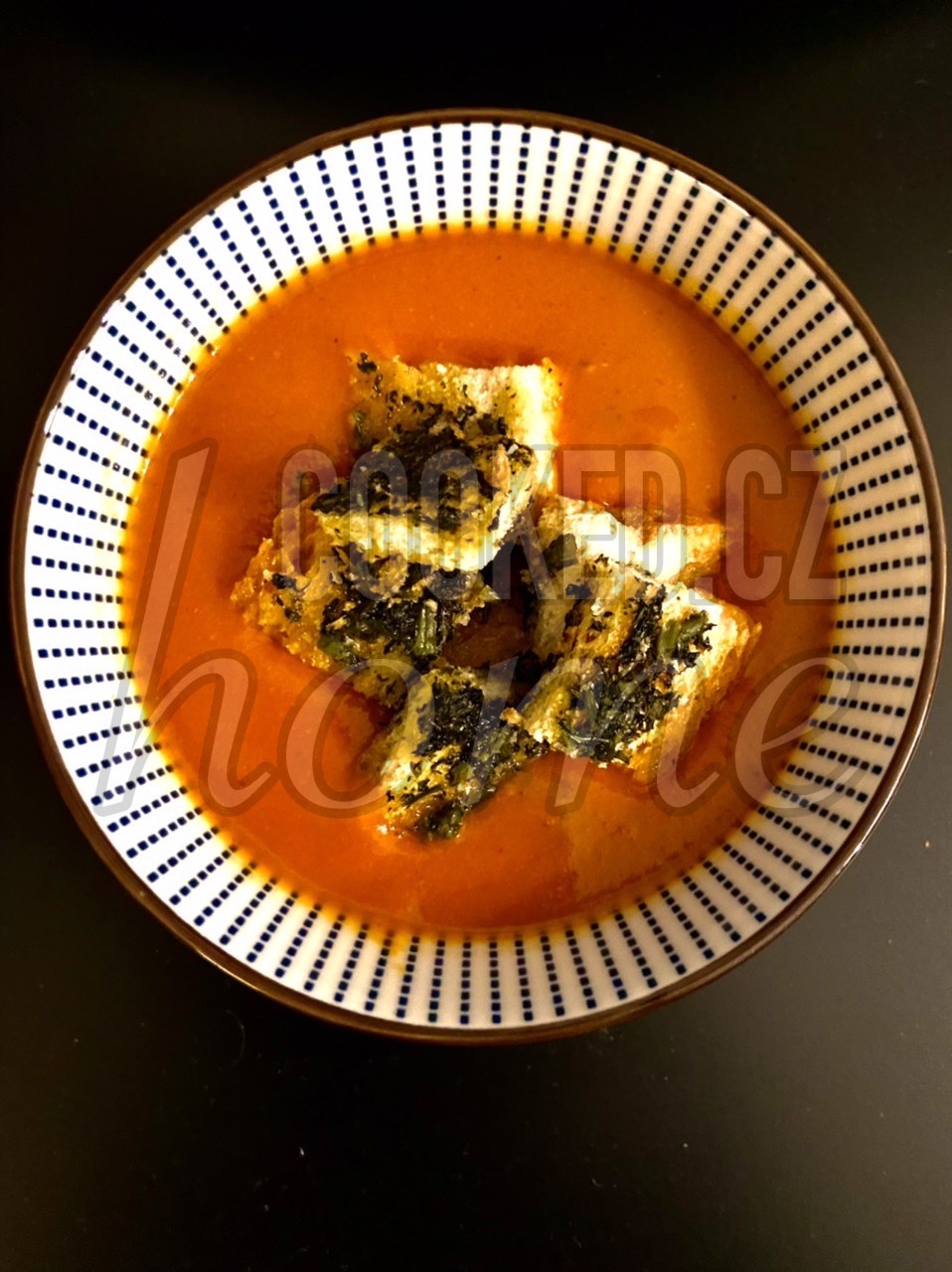
Indian tomato soup, known as “Tamatar Shorba” or “Tamatar Ka Soup” in Hindi, is a popular and flavorful dish in Indian cuisine. While the exact origins of Indian tomato soup are not well-documented, it is believed to have developed as a variation of Western-style tomato soup introduced during the British colonial period. Tomatoes are not native to the Indian subcontinent and were introduced to India by the Portuguese during the 16th century. Initially, tomatoes were considered ornamental plants and were not commonly used in Indian cooking. However, over time, they gained acceptance and became an integral part of various regional cuisines. The method of preparation can vary across different regions and households in India. However, a typical recipe involves sautéing onions, garlic, and spices in oil or ghee (clarified butter), adding fresh tomatoes, and cooking until they soften. The mixture is then pureed and strained to achieve a smooth consistency. Additional seasonings such as salt, pepper, and herbs may be added to enhance the flavor. Some variations may also include the addition of cream or yogurt for a creamier texture.









